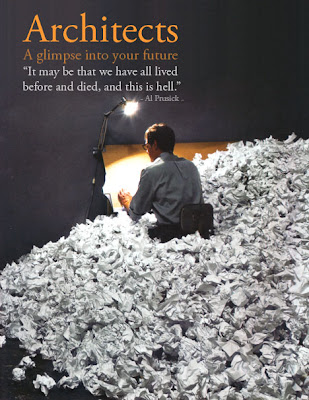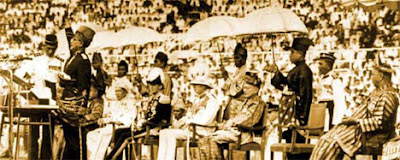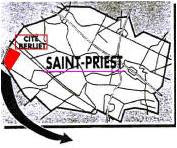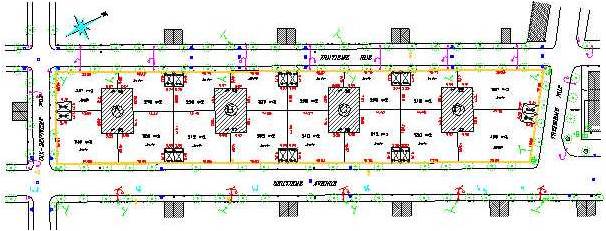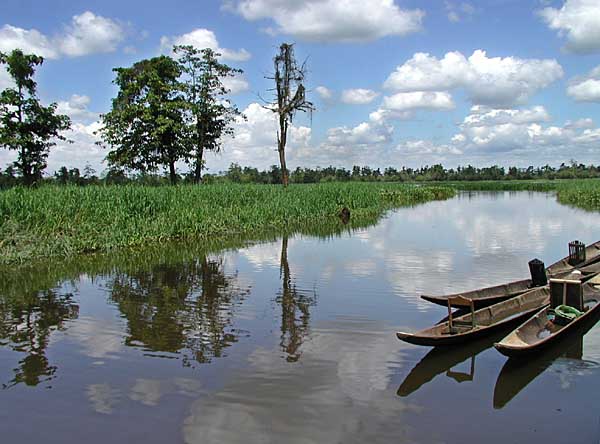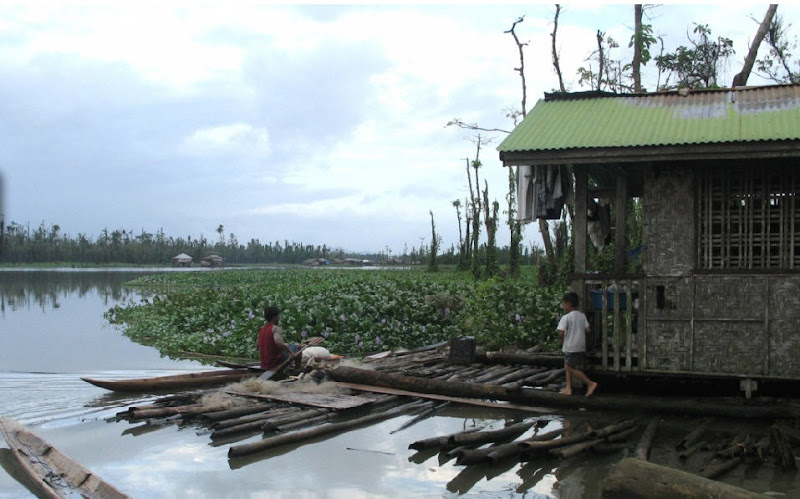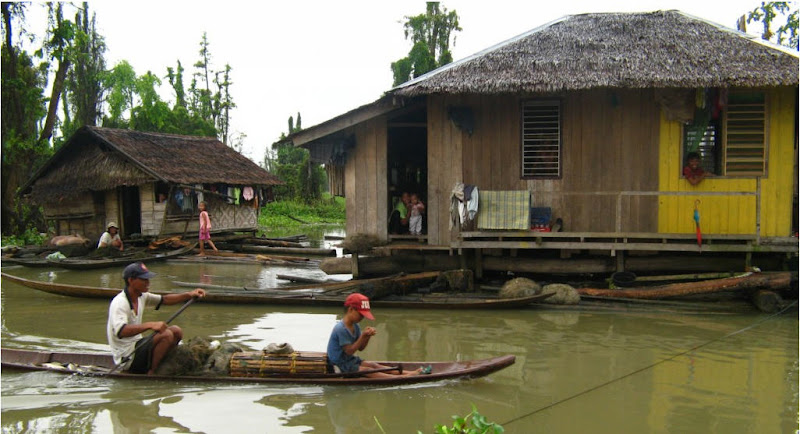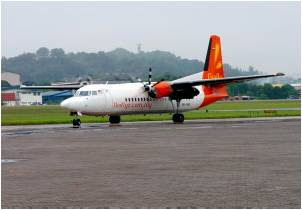
LANDED TODAY… first Firefly flight at Terminal 3 Subang Airport from Penang. Seven years after the forced shifting of domestic passenger services to the then (maybe even now) under-utilized KLIA airport, Subang Airport is back in business.

Picture taken in 1973, unknown source
But of course, the old Terminal 1 was demolished to the ground earlier this year. This was a fine building in the modern style, to many a symbol of independent Malaysia. It was designed by BEP Arkitek – formerly Booty Edwards Partnership - and completed in 1965 at the cost of about RM50 million at that time (USD15 million at today’s exchange rate).
Imagine Firefly’s cute propeller aircraft at that grand old building. Retro, eh!
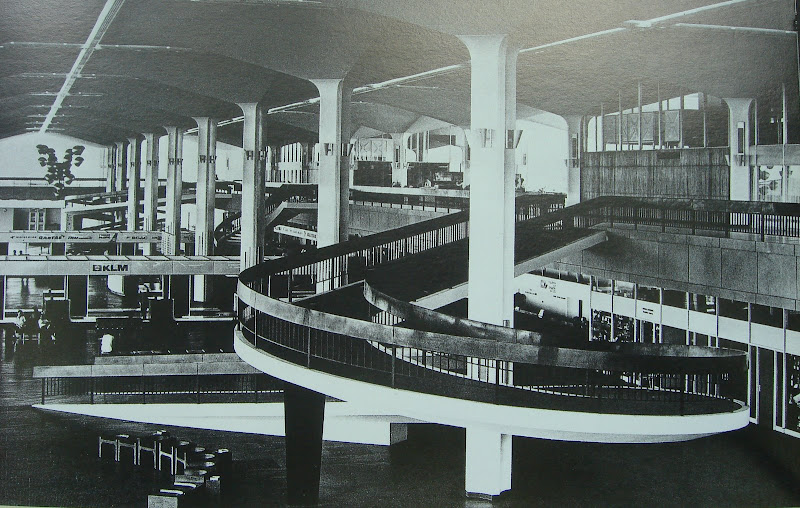
Another shot of my favourite ramp, from Encyclopaedia of Malaysia: Architecture
Related Post: |
Social Bookmarking

